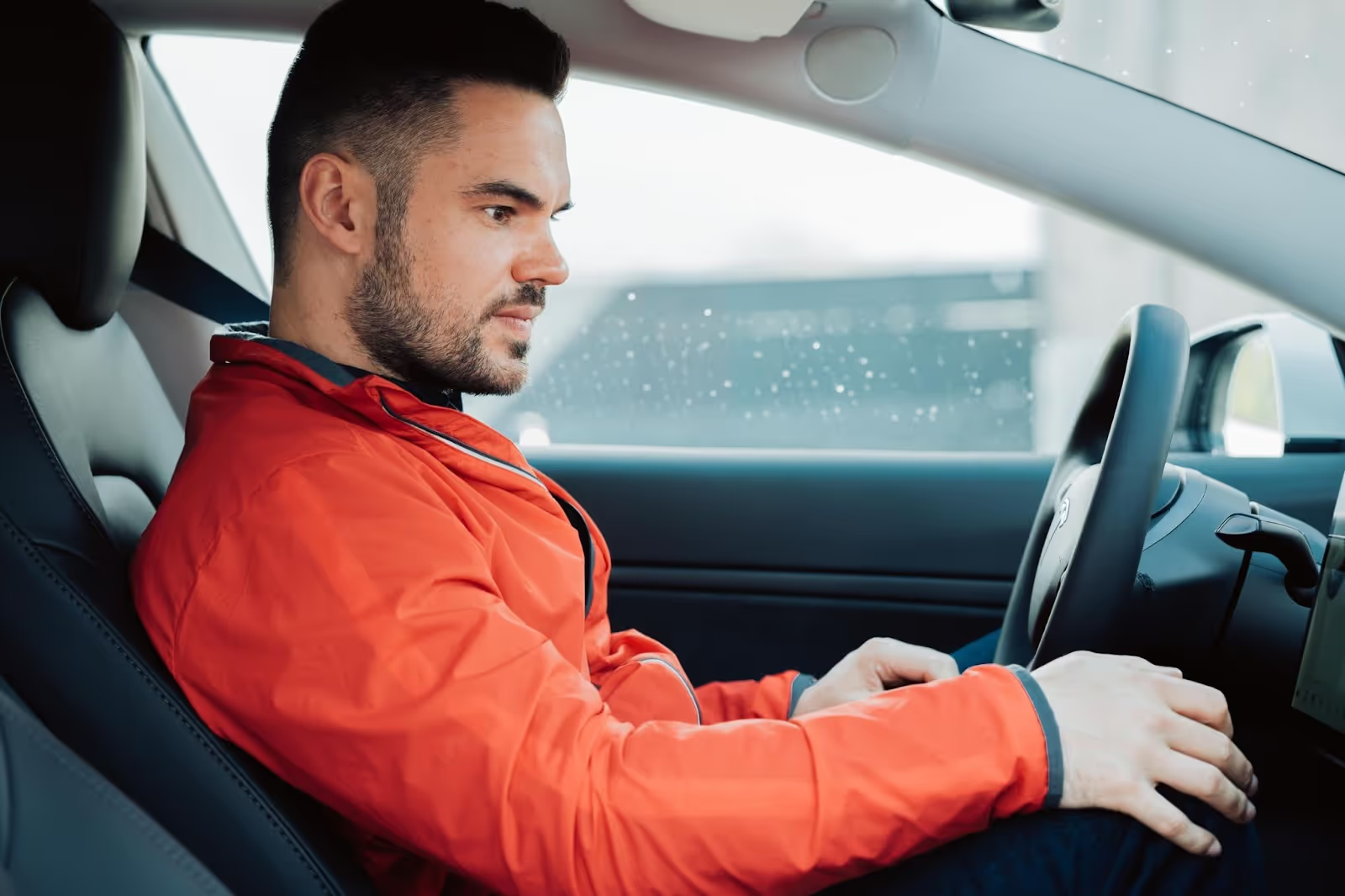9 Useful Tips for New EV Drivers

Going electric has become more popular than ever, with over 420,000 electric vehicles on UK roads in February of 2022. (Nextgreencar) Whether you’ve chosen to switch from a traditional internal combustion engine (ICE) to an electric vehicle (EV), or you're still on the fence about if it’s right for you, there are a few things that are useful to know that may help your transition into the new world of electric cars.
1. Get a couple of EV apps
Firstly, it’s a good idea to download multiple apps for your new EV, as different apps have different specialities and uses, plus it’s always good to cover your bases. There are of course the obvious recommendations such as an app that corresponds with the manufacturer of your car (you’ll get a lot of valuable information there, plus it’s often where you’ll receive necessary updates), a charging app for when you’re on the go, as well as an app that can help you plan journey ahead of time, which is particularly useful when you’re going on longer journeys.
If you’d like to read more about which apps we recommend, check out our blog post on the best EV apps to download! It includes brief descriptions of some of the most useful apps that can make your transition into the EV world a lot easier.

2. Battery health and charging
Battery health is an integral part of having an EV, so knowing the basics of battery health can extend the life of your car’s battery. The healthier your battery is, the more energy it can hold, so if you don’t take care of it, over time your battery will degrade and you won’t get the same amount of range.
To avoid battery degradation, don't fully charge it to 100% every time you charge it, as overcharging it can actually damage your car's battery, leaving you with less range. This might sound like an odd tip but it works in a similar way to other electrical devices such as mobile phones and laptops. You might have noticed that over time these devices run out of battery faster compared to when they were brand new and it’s basically the same principle, except most people tend to replace these devices more often than they replace their cars. A good rule of thumb for knowing when to charge is waiting until it dips to 10-20% before charging and not fully charging to 100%, keep it to around 80% capacity.
3. Home charging
If you have the option to get a home charger, go for it! Having the peace of mind that you can charge overnight and wake up to a full battery, all from the comfort of your own home, is such a convenient feature!
If you have a smart home charger, you’ll also end up saving a lot more money compared to if you stick to using a 3-pin plug, as home chargers are much more efficient, at roughly 1.6x faster than the cheapest home chargers available today. (RAC) Plus, you’ll be able to schedule your charging time remotely from your phone (if you have an app downloaded to your device). Furthermore, it can also save a lot of money if you schedule it to charge it off-peak hours as when less people use electricity it tends to be a lot cheaper. Our partner, RightCharge, estimates that you can save up to £200 every year if you install a home charger. Read more about how installing a home charging could benefit you here.

4. Environmental factors effect on range
As we mentioned above, by looking after your battery you’ll get the most amount of range, but did you know that the weather and temperature can also have an effect?
Although electric car batteries have thermal management systems to help them to not overheat, even with this it’s better to help your battery by not exposing it to drastic temperature differences if you can avoid it. So, if you are selecting a place to park your car, opt for a place in the shade if possible so your batteries don’t overheat. Similarly, if you’ve just come back from a long journey, wait to charge your car for a little while so your car's battery has a chance to cool down first.
Also, it’s normal to see a decline in range during winter, as extreme cold will typically decrease your batteries capacity, thus resulting in less range. The best way to protect your car from these environmental impacts is to park it in a garage where the climate will be less extreme.
Additionally, if it’s particularly hot or cold outside, using your climate control settings will use up more battery, especially when you’re running your air conditioning, so keep that in mind if you’re wanting to get the maximum range from your car.

5. Acceleration and battery charge
One of the most fun parts of driving an electric car is the fast acceleration, but it actually uses a fair amount of energy and in turn drains your battery faster, compared to accelerating gently. Also, it’s good to keep in mind that the faster you drive the more energy you use, so if you’re trying to conserve battery, keep an eye on that speedometer!
6. Wheel size and tyre pressure
An often-overlooked aspect that can have an impact on your range is tyre pressure, which can affect the range of your EV. If you don’t have good tyre pressure your rolling resistance will increase and in turn diminish your range, as more energy is required to move your electric car. Additionally, if you opt to have large alloy wheels this will also increase rolling resistance so keep this in mind if you want maximum range.

7. Get accustomed to the range of you EV
When you first pick your dream EV you’ll have a rough idea of the range by the Worldwide Harmonised Light Vehicle Test Procedure (WLTP) rating. However, to get a more realistic view of what your real-world range will look like, we recommend the EV Database which is a great resource and has some more realistic figures of what your day-to-day range may look like.
This may seem like an obvious tip but getting to know your EV’s range by testing out the range will be your best indicator of how far your range will go.
One useful tip that could help you minimise range reduction, is that similar to wheels and tyres, how much extra cargo you keep in the car will also increase the rolling resistance, so for maximum efficiency, it’s best to not transport unnecessarily heavy items with you if you don’t need them. For more tips on maximising range, check out tip 5,6 and 7.
8. Plan your route ahead of time
Following on from the first tip, it could be beneficial to utilise a journey planning app beforehand so that when you’re out on the road you’ll have a better idea of where and when you can charge your vehicle ahead of time. This way, you can just enjoy the drive without experiencing range anxiety.
Although there are roughly 42,000 charging points at 15,500 locations across the UK, as a new EV driver it may help to ease your mind to plan longer journeys. (EDF Energy) Some great apps to download to assist in journey planning are Zap-Map, WattsUp, Plugshare and even Google Maps, read more about them here.

9. Have fun!
Finally, it may seem like a silly tip, but have some fun! Exploring the functions of your new EV and getting to know it before setting off on the open road may come in handy, both for practical and entertainment purposes.
Perhaps you’ve just got a new Mercedes EQS, why not try out the massage function on the seats? Or have some fun with your kids in a Tesla model 3 with a couple of rounds of “caraoke” or surprise them with the whoopie cushion. No matter what car you choose, have some fun exploring all the new features so you can make your daily commute or long journeys more enjoyable.
Interested in making the switch to an electric vehicle? Why not browse our website to see which cars we have available currently or contact us here if you’d like to learn more.




